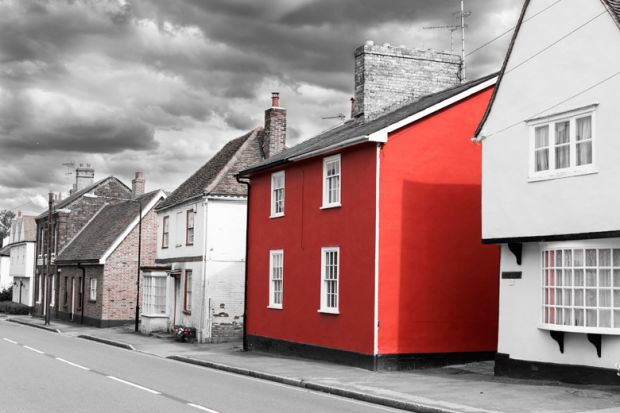While I was thinking about this book, it was almost impossible to get the lyrics to Home on the Range out of my head. In fact, if neuroanthropologist John Allen weren’t such a compelling writer, I’d probably still be singing about buffalo, deer and antelopes. Home is a peculiarly human concept, and Allen argues that it is a vital part of what allows us to flourish as a species.
Along the way, Allen chucks the whole kitchen sink of methods at the problem, drawing in data from fields as diverse as archaeology and criminology in building his argument that home, and our relationship with it, is central to being human. He goes on to develop the idea that these safe spaces were (and indeed are) crucial in allowing human creativity to develop and expand. This is a well-crafted and thought-provoking idea. It’s refreshing to read a book that doesn’t feel compelled to focus on the usual human evolutionary suspects such as tool use, brain size and bipedalism.
Nevertheless, this book does rather feel like a work of two halves. To use a football metaphor, Home is a bit like a non-league team playing Manchester United in the FA Cup – their legs are good for 60 minutes, but over the whole match the cracks begin to show. The book is at its weakest when dealing with home in a modern context. When Allen highlights the relationship of unstable homes and behaviour, his discussion of foster homes and crime rates verges on sensationalism, and one would expect a much more nuanced discussion of the variables at play from a scientist of his calibre. For every Hitler who came from an unusual home background, there is a Goebbels who grew up in a loving and stable one.
Allen’s basic argument, that home spaces played a key role in fostering and developing creativity, which in turn spurred human evolution, is a compelling one. I suspect, however, that many biologists who work on non-human organisms would point out that the relationship between space and productivity is not really as unique as some anthropologists would have us think. When dealing with human evolution, it’s always unwise to produce lists of “what only we do” – that is, things that other animals seemingly don’t do or aren’t capable of. In the past 30 years, “human-only attributes” such as tool use, theory of mind, production of symbolic objects and language have all been observed or inferred in other species. As the palaeoanthropologist Robert Foley has noted, it is degrees of difference, not types of difference, that separate us from other species.
Even with this caveat, it’s ultimately impossible to get away from the positive images conjured up by the word “home”, and the relationship we have with our homes is deeply complex. It may well be that this is a biologically hard-wired response or a culturally layered learned behaviour. Allen makes a compelling argument for the role that safe spaces have played in allowing the human species to flourish, but the question is a pleasingly open-ended one, as all the best human evolutionary questions are. Maya Angelou wrote that “the ache for home lives in all of us. The safe place where we can go as we are and not be questioned.” I would suggest that as explanations go, that’s good enough.
Simon Underdown is senior lecturer in biological anthropology, Oxford Brookes University.
Home: How Habitat Made Us Human
By John S. Allen
Basic Books, 304pp, £20.00
ISBN 9780465038992
Published 14 January 2016
POSTSCRIPT:
Print headline: All of humanity under one roof
Register to continue
Why register?
- Registration is free and only takes a moment
- Once registered, you can read 3 articles a month
- Sign up for our newsletter
Subscribe
Or subscribe for unlimited access to:
- Unlimited access to news, views, insights & reviews
- Digital editions
- Digital access to THE’s university and college rankings analysis
Already registered or a current subscriber?




